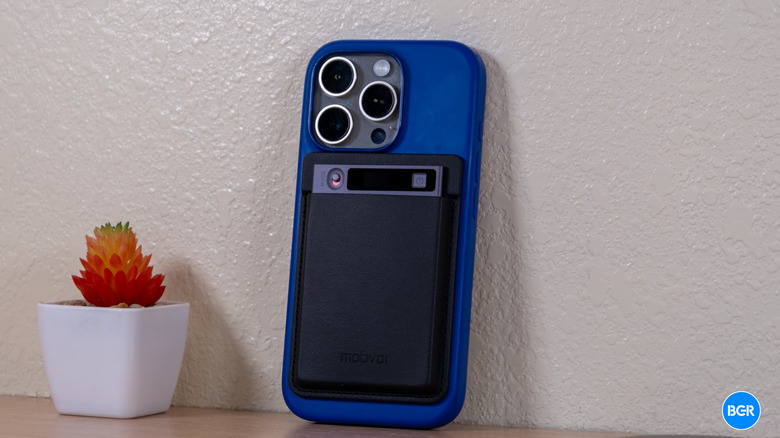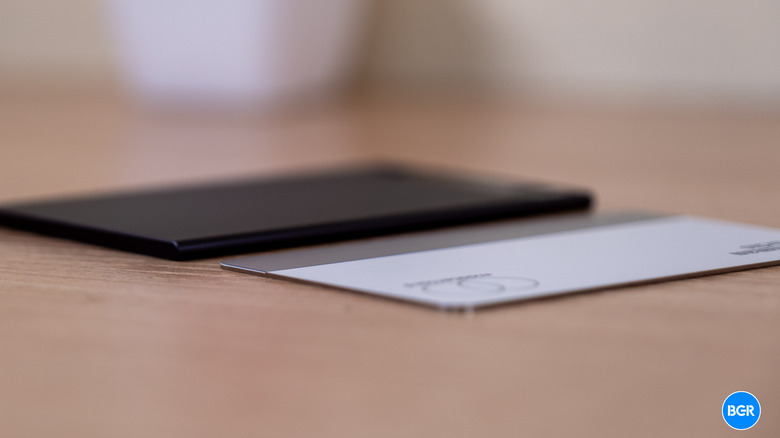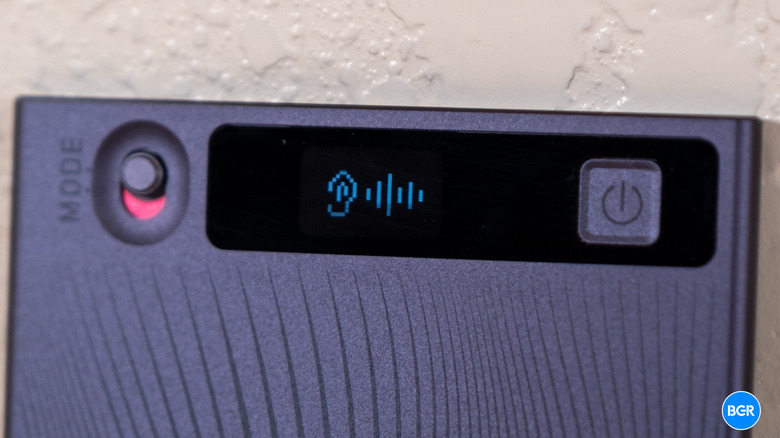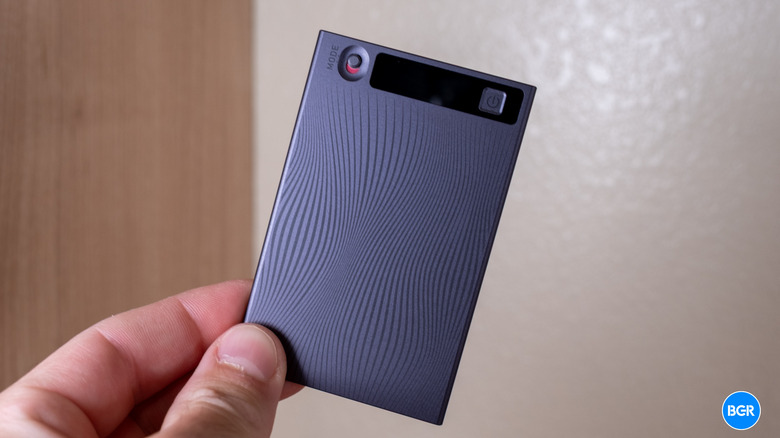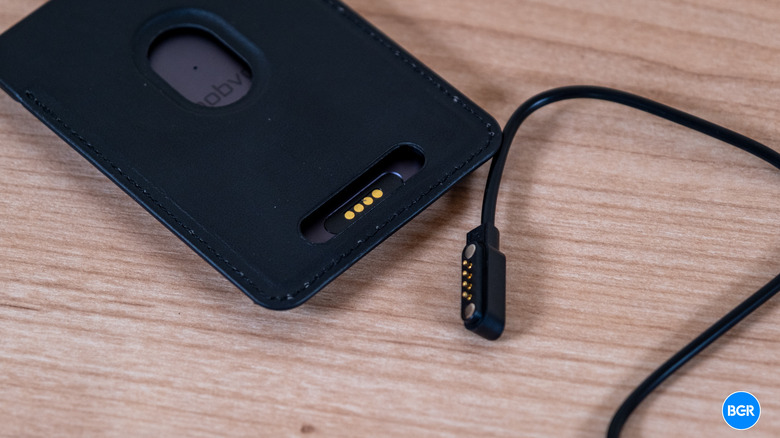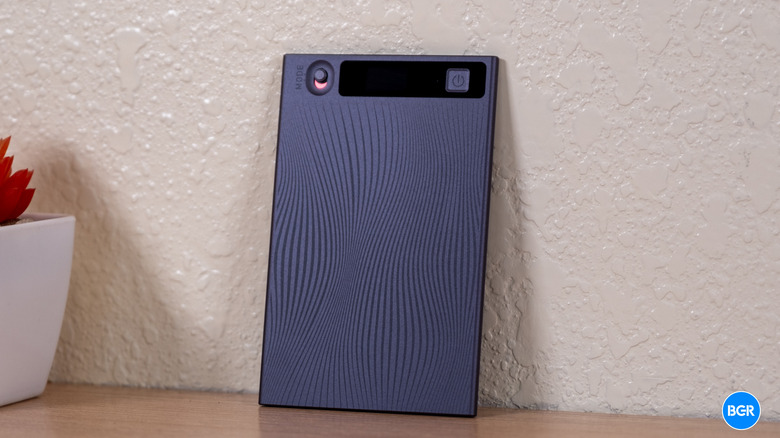Mobvoi TicNote Review: Your AI Recording Assistant, But Do You Need One?
AI recorders have become increasingly popular over the past few years. They came about at the same time as devices like the Humane AI Pin — and as such were somewhat ignored. But these devices make entirely different promises than the likes of the AI Pin, serving as a recording and transcription tool for journalists, business people, and anyone else who wants quick access to high-quality audio transcription. One of the latest of these devices actually comes from Mobvoi — of TicWatch fame — in the form of the Mobvoi TicNote.
I actually have a fair bit of experience with AI-powered voice-to-text — I use Superwhisper, a transcription app for the Mac that uses AI for more accuracy and faster performance. I've found it to be pretty much flawless — so I was curious to try the TicNote. It came at the perfect time, too, as I was attending IFA 2025, a trade show where a transcription tool for meetings could actually come in handy. So, how does the Mobvoi TicNote actually perform? As a device that's branded as an "agentic" AI note taker, it certainly has a lot to live up to.
Mobvoi TicNote design
The overall design of the TicNote isn't actually all that different from other AI transcription tools, like the Plaud Note. It has a similar size and shape, aiming to fit in your wallet — though while it has a footprint that's roughly the size of a credit card, it's thicker than one. On the front of the device is a small display that can indicate things like recording status, connectivity, and so on. There's also a power button, and a small mode switch, which lets you switch between phone call recording mode and environmental recording mode.
On the back of the device are the pogo pins to connect the charging cable. Because the device is so thin, it can't fit an actual USB-C port, so Mobvoi had to go a different route. I did miss USB charging, but the reasoning makes sense. Not quite as sensible is the fact that the other side of the charging cable has a USB-A connector. This is supposed to be a modern, futuristic device — it should have had a USB-C connector instead.
Apart from the recorder and the charging cable, the device also comes with a MagSafe wallet. I've been using wallets like this for a few years now, on a regular basis, and the one included isn't the best. I found it difficult to take the TicNote out of the wallet, which was a little annoying. You don't necessarily have to use the included wallet, but it can be handy for storing in places like a bag if you don't want to keep the TicNote in your actual wallet.
As a whole, it's not a poorly-designed device — though considering how similar it is to the Plaud Note, it doesn't necessarily break new ground. It also didn't necessarily feel like the strongest device. However, to be fair, that may be a function of how thin it is rather than anything Mobvoi did.
Mobvoi TicNote features
The TicNote is designed to be a little more versatile than many other AI recording devices. Plus, not only is it built to be able record ambient audio, but it's also aimed at being able to record your phone calls. Of course, it's worth noting that different states have different laws when it comes to recording phone calls. It's not illegal to record calls, but in many states and countries, you can't record without the consent of all parties on a call. Check the laws in your area before you start recording other people, including what the rules are when on a call across states or countries.
It's very easy to switch between the recording modes, thankfully. There's a simple switch on the from of the device that lets you do so, and you'll see a graphic on the screen indicating which mode you're in when you do so.
The battery life on the device isn't bad, though if you use it frequently, you'll need to remember to charge it up. You'll get 25 hours of recording on a full charge, which means it should last at least a few weeks for those who use it very regularly.
Mobvoi TicNote app and website
The Mobvoi TicNote works with a dedicated app that lets you sync recordings, transcribe them, play the audio, and so on. It's not necessarily the prettiest app out there, but it's fine, and it works well.
From the app, you can organize recordings into Projects, and when they're transcribed, you can ask questions about your transcriptions to Shadow AI, the assistant built into the app. I didn't necessarily find Shadow AI all that useful — I was using the device less like a place to store information I might want to access, and more like a place to actually record and transcribe speech for down the line. If you can get into the habit of using the device to take voice memos, you may find Shadow AI useful, though.
I do like how easy it is to read through the transcription of the audio, and play the audio for that specific section, if you so choose. Even though the quality of the transcription was pretty good, considering the fact that I used the TicNote for work, I wasn't going to assume it was perfect. When I found quotes that I wanted to use in a story, it was easy to double-check that the transcription was correct. The app goes way beyond simply letting you access the audio and transcriptions of your files, too. It also lets you create "mind maps" based on that audio, conduct Deep Research based on the information in the file, and even generate a podcast using the recording.
From the app, you can also manage your subscription. For free, you'll get 300 minutes of transcription per month, along with 10 AI chats per day, the ability to upload 10 files per month, access to basic templates, and more. There are two paid plans. TicNote Professional gives you 2,100 minutes per month, along with unlimited AI chat usage, 30 file uploads per month, and advanced templates. The Business plan has the same features as Professional, but increases usage to 6,600 minutes per month and document uploads to 100 per month. TicNote Professional costs $12.99 per month, while TicNote Business comes in at $29.99 per month.
Initially, I was confused so to why there were limits on file uploads — but the more files you upload, the more information the AI has to parse if you want it to be able to answer questions about the files you have in your account.
You don't have to stick to just using the app, though you do still have to use the app to sync transcriptions. Assuming your voice notes are synced, you can also access them on a website, which offers many of the same features and controls as the app. I like that you can use a website — it makes using your transcriptions that much easier, especially in professional settings.
Mobvoi TicNote performance
AI has been a huge deal for voice transcription. While real-time voice-typing seems to be getting better slowly, transcribing pre-recorded audio often yields flawless results. That's exactly why I use Superwhisper, a Mac app that leverages OpenAI's Whisper transcription model (among others) to transcribe my writing — and it's very, very impressive.
It's not perfect, and nor was the TicNote. It transcribed audio reasonably well, with relatively few errors, especially compared to traditional voice typing. There are ways to improve it too — there's a vocabulary section, for example, that lets you add words that you find it gets wrong often, and you can select your industry to improve the chances it will recognize industry-specific jargon. These seemed to help a little, especially the vocabulary tool, but that's a little more manual.
There's a lot you can't do without an internet connection, which is worth keeping in mind. You can obviously still record and sync your recordings, since it simply works through Bluetooth, but the AI-powered features work in the cloud and not on-device. It's not clear which model or models Shadow uses to generate its content.
Conclusions
The Mobvoi TicNote is a solid transcription tool that makes it relatively easy to record and transcribe high-quality audio. Depending on how you use the device, you'll also appreciate tools like the Shadow AI feature. For what it was made for, the Mobvoi TicNote works quite well.
The competition
Like many dedicated AI devices, the single biggest competition to the TicNote comes in the form of... your smartphone. Your phone can still do everything a TicNote can (more or less), without the need to buy and carry around an additional device. If you really like the TicNote app, you could even use it, recording through your phone instead of the TicNote device.
To be clear, that doesn't mean there's no reason to buy a TicNote. It just means that for most people there's no reason to buy one. Maybe you want or need a separate device that doesn't use up your phone's battery — which could come in handy if you use your transcription tool for more than a few minutes at a time. I personally am a light user — I'm a journalist, but I don't do interviews very often — and when I do, I'd prefer to carry around a power bank than a dedicated voice recorder. By keeping recordings on my phone, where I don't have to manually sync them, I have more control over things like the transcription model and app I want to use.
Again, your use case might be different. If you like the idea of a dedicated, AI-powered note-taking device, then the biggest competition comes in the form of the new Plaud Note Pro. The Note Pro also has a little screen and offers many of the same features.
Should I buy the Mobvoi TicNote?
Maybe, but only if you really want a separate voice recording device.
